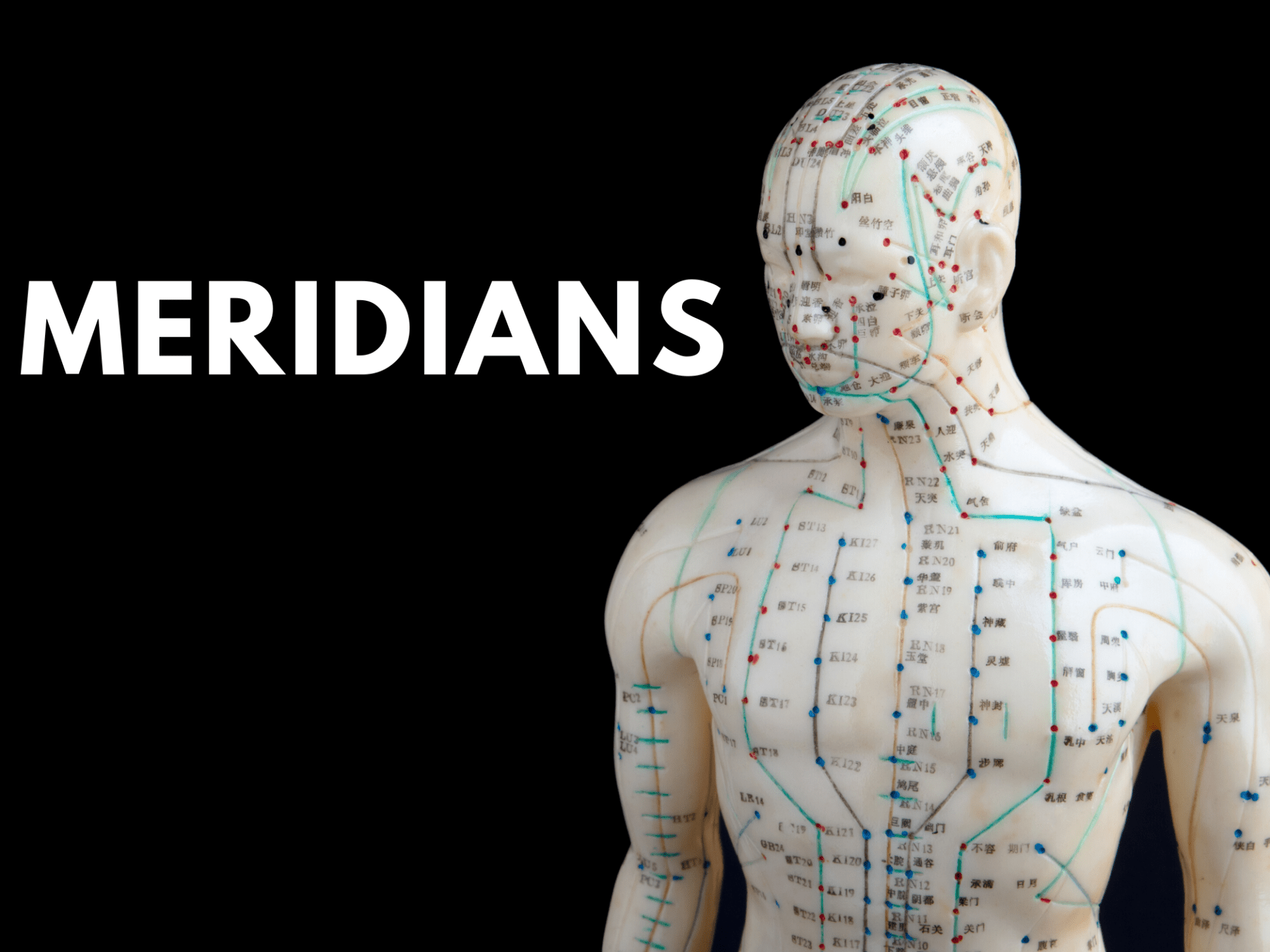Chinese Medicine (CM) sees our whole body as an organic whole. Therefore all parts of the body are related to each other. Acupuncturists often heal headaches by putting needles on your hand or heal stomach issues by sticking needles on your legs. How does that work? What is it that connects all parts of our bodies?
Meridians are a system of pathways throughout the body. It connects all the internal and external areas of our body. It also provides a passageway for the distribution of Qi throughout the body.
I have often been asked this question, “Why can’t science find meridians?”, “Why are meridians not on medical textbooks?”
Well, first of all, meridians exists only in living people, since only living people have Qi. So if you dissect a dead body, you will not find meridians. Secondly, meridians are energy channels. Think of this as a route for airplanes. You cannot see the route, but it is there!
The below are the functions of the meridians.
1) Communication
Since the body is an organic whole, all parts of the body, the organs, the bones, the muscles, the vessels must all work harmoniously to carry out life activities. The meridians provide the means of communication. It forms a network that connects all parts of the body.
2) Distribution
The meridians are passageways that Qi and Blood flow. This ensures all parts of the body are well-nourished.
3) Transmission
Meridian is responsible for transmitting signals throughout the body. This is important since acupuncture is based on this function. Why do we stick needles on the hand when one has a headache? Because that particular acupoint transmits signals to the area head where headache occurs.
The main meridians are the “Twelve Principal Meridians” and the “Eight Extra Meridians”. I will be talking about those in detail in the “Meridians & Acupoints” series in the future.
Next up, I will be talking about acupoints (or pressure points), which are points along the meridian that connects to the outside of the body!


Leave a Reply